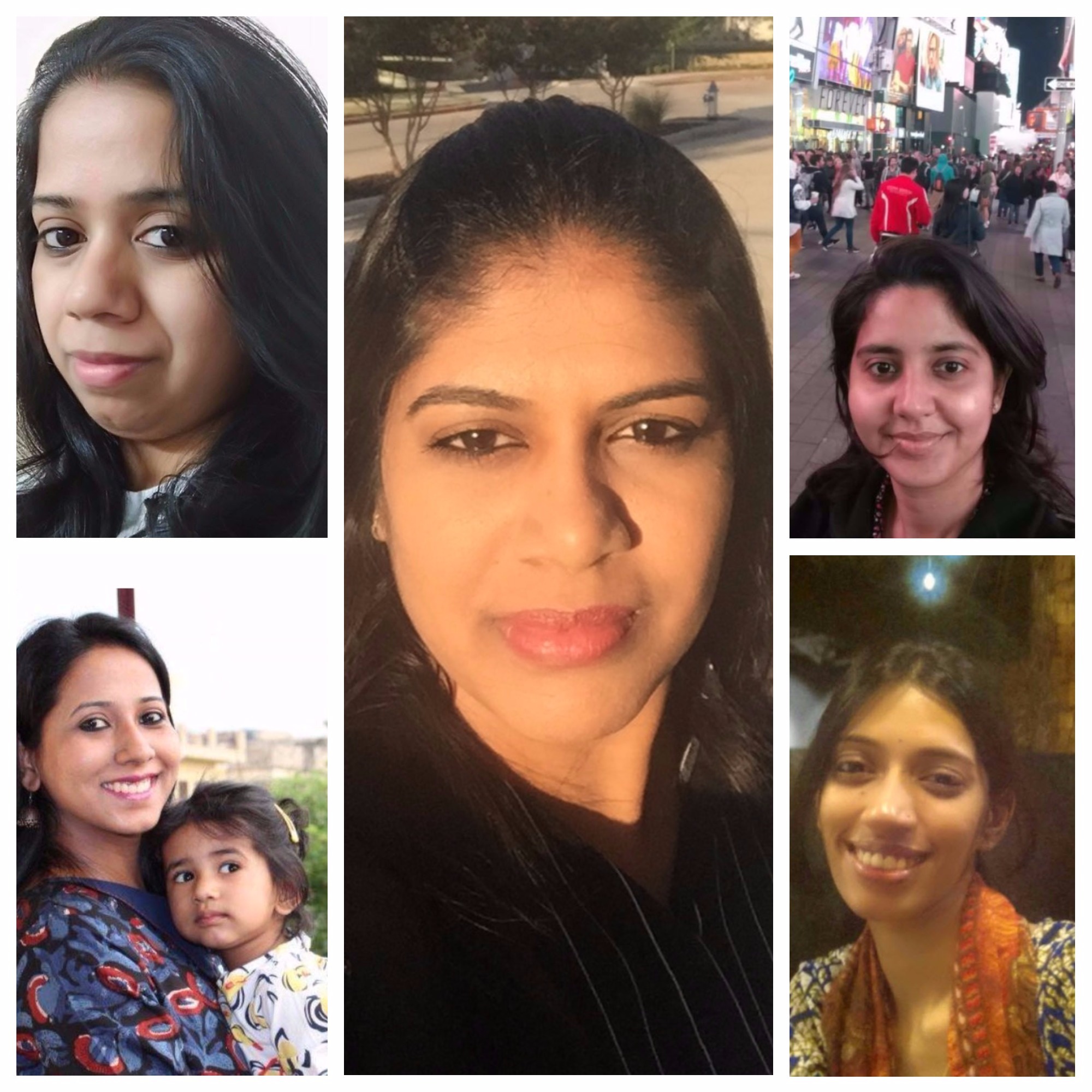By Mary Yohanan,
 Image Source: Wikipedia
Image Source: Wikipedia
A new-born in the family is always a source of joy and happiness. The small hands and legs, innocent sweet face, hearty laughs without any reasons offers a surreal pleasure that no one can escape. Be it out of affection or care, in an Indian family, a child is usually given lots of names from the day 1. But the real Naamkaran (naming) ceremony is usually held on the 11th day of the child’s birth because the first 10 days are considered as an ‘impure’ time. So, any day after the tenth day and before the first birthday is good enough for hosting the ceremony. However, it is believed that child’s horoscope is formally drawn up from the 12th day.
This is considered as one of the most sacred ceremony of the 16 Hindu ‘samskaras’ or rituals. Immediate families and also close relatives and friends are invited to be a part of the very first real ceremony held for the newborn child. On the twelfth day, the mother and child are given a ritual bath. Next, the mother wraps the baby in a piece of new cloth and kajal is applied to its eyes along with a little beauty mark on the cheek. The baby is then placed in the father’s lap, who performs the rituals guided by a priest. Prayers are offered to all the gods, Agni, spirits of forefathers with the hope to get their blessings and protection bestowed upon the new-born.
Naamkaran is also the event when horoscope of the child is written and finally the father leans towards the baby’s right ear, and whispers its chosen name. According to Rig Veda, the name should be formulated on the basis of four components – the nakshatra name, the name of deity in family, the name of the deity of the month and the name suggested by others. However, there is a change in the conventional procedure because parents prefer to create a name that combines both of their names or has their initials. In many Indian communities, the first child is named after the paternal grandparent or family deity or guru. Finally, when the rituals are over, friends and relatives bless the child and touch some honey or sugar to its lips.
Usually, a lot of apprehensions followed the birth of a child. So, Naamkaran is a celebration and joy to come out of tensions that continued even after birth, till the first 10 days. The entire house is cleaned and sanctified for the ceremony. These 10 days is basically the recovery period, when both the child and the mother is given time to heal after the delivery process. There are many other norms and practices, which vary from a community to another. For instance, in Maharashtra and Bengal, the paternal aunt has the honour of naming her brother’s child. Numerology is also taken into consideration and hence, name of a boy should have letters in even numbers and for girls, it should odd numbered.
No matter which part of the country you are in, Naamkaran is always celebrated. This is a festive moment when the child is introduced to others and in turn he or she is welcomed in the family with love and blessings.


2 Responses to Naamkaran – The Sacred Ceremony of Naming a Child